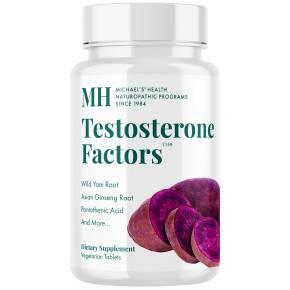Even if you weren’t aware that Hemp History Week falls in June (the 6th through the 12th), it’s likely you’re aware of hemp, marijuana’s nonpsychotropic sister. Hemp’s shifting legal status has kept it in the news, and products made from hemp grown in countries where its cultivation is permitted can be readily found in the United States.
So what’s the story on the versatile plant that’s a source of rope, clothing, food, and pharmaceuticals? Read on for a primer on hemp from a legal, historical, nutritional, and medicinal perspective.
Historical Uses of Hemp
Evidence of cord, clothing, and fabric made from hemp fiber dates back to Stone Age Taiwan, second century BC China, and the Confucian Book of Rites. The Vikings used it to make sails and rope. Today, hemp is used to make products including food, textiles, fuel, plastics, paper, and building materials.
Legal Considerations
Hemp and marijuana are closely related. Both are varieties of the cannabis plant, but marijuana contains THC, the ingredient that gets you high, while hemp has barely a trace of THC. Nevertheless, in the US, the Marihuana Tax Act of 1937 didn’t distinguish between varieties, making it illegal to grow hemp as well as marijuana.
In recent years, though, laws around hemp have changed, and more changes may be in store. The federal 2014 Farm Bill allows states to certify and register universities and state agriculture departments to grow industrial hemp for research purposes. The Industrial Hemp Farming Act of 2015, which was introduced in Congress over a year ago, would remove hemp that contains no more than a trace amount of THC from the controlled substance list, meaning it could be legally produced in this country.
Currently, more than half of US states have taken action to study or establish some form of hemp research program, or to permit industrial hemp cultivation. In some states, these programs will only begin once a federal law is passed or a waiver granted. To find out what the law is in your state, check out the website for the National Conference of State Legislatures, www.ncsl.org, and search for “hemp.”
Hemp Nutrition
The edible parts of the hemp plant, the shelled seeds (also called “hearts”), are used to make a milk alternative, protein powder, and oil, and they can be sprinkled directly onto food. Toss two tablespoons of the seeds over your salad, oatmeal, yogurt, rice, or vegetables, and you’re getting two grams of fiber, five grams of protein, 300 milligrams of potassium, 25 percent of the daily requirement of iron, and 15 percent of the daily requirement of vitamin A—in addition to a tasty crunch.
Hemp also contains omega-3 and omega-6 fatty acids, which fight inflammation and provide heart and immune system benefits. Hemp milk contains both calcium and protein, making it a great nondairy replacement for cow’s milk. And as a protein powder, ground hemp seeds also provide fiber.
Medicinal Benefits of Hemp
The pharmaceutical value of hemp comes from one of its components, cannibidiol (CBD). Drugs containing CBD are already used in more than 25 countries to treat certain symptoms of multiple sclerosis. And a recent trial of a CBD drug aimed at reducing seizures in children with a rare form of epilepsy showed promising results.
Animal and cell-culture research indicates that CBD may have antiseizure, antioxidant, neuroprotective, anti-inflammatory, pain-relieving, anti-tumor, antipsychotic, and anxiety-reducing properties.
“CBD appears to be a safe drug with no addictive effects, and the preliminary data suggest that it may have therapeutic value for a number of medical conditions. Addressing barriers that slow clinical research with CBD would accelerate progress,” Nora Volkow, the director of the National Institute on Drug Abuse, wrote in a blog post.
The Future of Hemp in the United States
While the verdict isn’t in yet on hemp’s pharmaceutical properties, progress is being made, at both state and federal levels, in permitting its cultivation in the United States, which will make it easier for researchers to explore its uses for various medical conditions.
Thanks to hemp imported from other places, particularly Canada, clothing, food, and other items made from the versatile plant will keep natural product shelves in the US supplied. Farmers hoping to cultivate hemp here will be keeping an eye on the progress of the Industrial Hemp Bill of 2015 as it makes its way through the legislative process, as will consumers who value hemp products.
Want to learn more about hemp? Click here!





